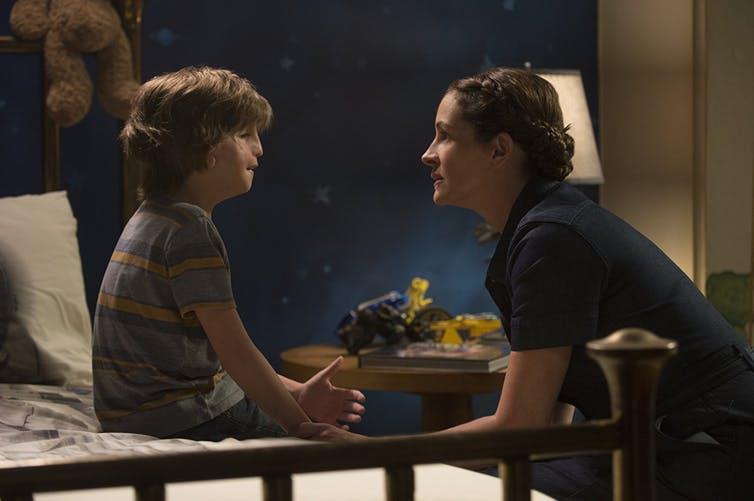Auggie was born with Treacher Collins syndrome, a genetic disorder that affects the development of the skull, jaw, and cheekbones and causes facial defects and hearing loss. The book was inspired by the author, R. J. Palacio’s encounter with a little girl who had severe facial deformities.
Children With Facial Difference Have a Lot to Teach Us About Body Image
Facial deformities seem to help many children develop better body image perception, research reveals

The film "Wonder" tells the story of a boy with severe facial defects. IMDb/Lionsgate, Mandeville Films, Participant Media, Walden Media
|Updated:
